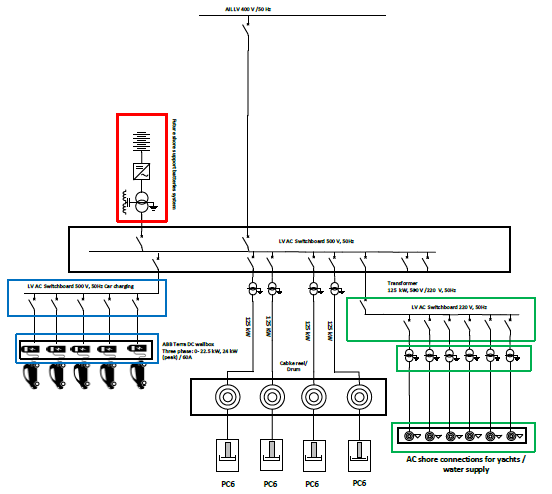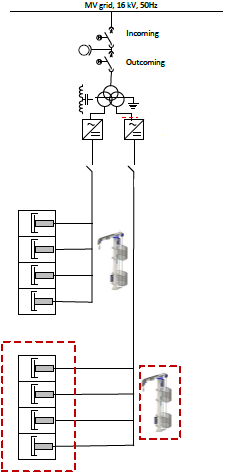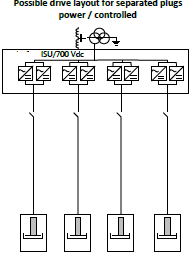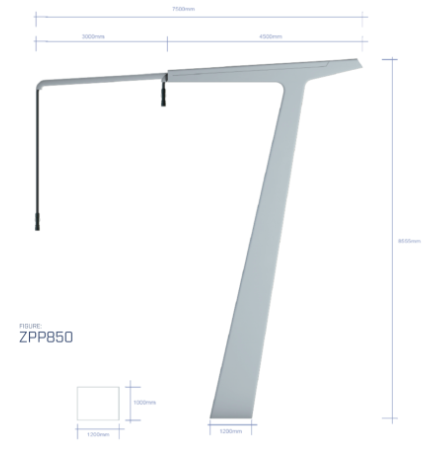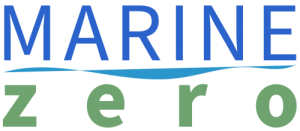Shore Power and Shore Charging
The requirements and technologies for providing ship power from a shore connection.
The shore connection requirement is increasingly driven by the environmental consideration of reducing emissions from the ship power generation when in port.
The global strategies of natural resources push toward reducing the environmental impact and improving the efficiency of present and future energy solutions. In the maritime sector, many ship owners and ports are beginning to consider the ‘‘zero-emission or hybrid’’ concept, which can be described in several technological aspects. From the owner’s point of view, high-efficiency motors, electrical propulsion, variable speed drives, Energy storage systems, low power light systems, new materials for hull construction and painting, etc... but port operators and port authorities are considering electrical applications among the solutions for refitting or building of new port infrastructures (berths, piers, docks, etc.) in a more sustainable, but still profitable, way.
The marine sector is responsible for almost 90% of the global shipped goods, and there are estimations which foresee tripling the present volumes of shipped goods, due to the rapid development of the global market. When a ship is at berth, both at the pier or in the port bay, it utilizes onboard diesel generators to supply power for shipboard technical and hotel services. For the time when the ship remains in the port area, she is responsible for relevant emissions of polluting agents such as CO2, NOx, SOx, and particulate matter. For large city port areas, or when the port is within an environmentally restricted area, such emissions often become the first source of air pollution for the time when large ships are docked at a pier, a technique called the high-voltage shore connection (HVSC) is often used for locally eliminating emissions. voltages in the range 1–11 kV, thus making it possible to supply multimegawatt electric power to large, berthed ships (HVSC is normally intended for electrical power exceeding 1 MW to be supplied)
The technique foresees switching off the shipboard diesel generators for the whole berthing period, and providing electrical power for ship services from the shore, using a dedicated cable line. It is assumed that electrical power is sold to vessel owners at a competitive tariff and that the land-based supply provides the largest employment of renewable sources.
Shore connection for passenger vessels and other segments

The high voltage shore connection system on board the vessel shall be specified by the customer and Marine Zero based on power consumption at the maximum of the rated apparent power
Onboard main equipment of the shore connection system,
- 11 kV power socket. Mainly PC6 type
- 11kV shore connection switchboard with protection relay.
- Step up or down transformer.
- Control & Monitoring plus integrations
- Onboard Power system electromechanical designs
The rated voltage of the ship’s network can be LV or MV with common frequency onboard and on the shore either 50 or 60 Hz
Primary voltage in practice at port shall be known for specifying the secondary voltage. The minimum voltage for generator synchronization is 0.9 x generator voltage.
In case the voltage decreases under the limits, transformer tapping is required to be set correctly.
Power socket
One or more 12kV power sockets will be installed at the shore connection room. Details of the power socket:
- plug type PC6
- phase 12kV-50Hz 3x 480 Amp (16kA) + Protective Earthing (PE) conductor
- pilot contacts
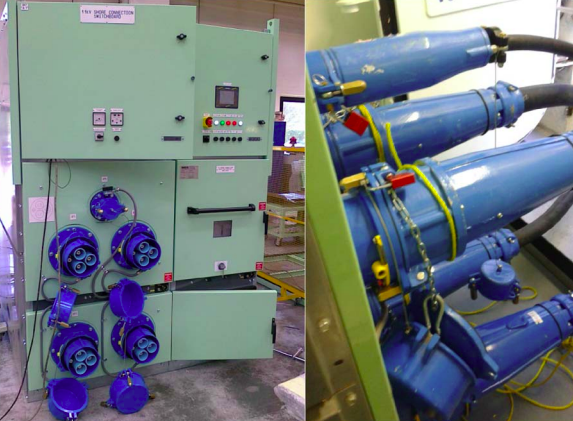
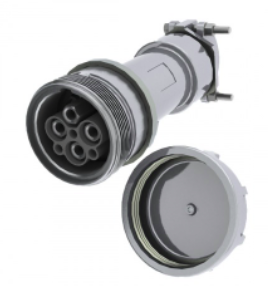
11kV high voltage switchgear
The high voltage switchgear enables power feeds from a shoreside 11 kV supply. The shore connection board is installed in a shore connection room with a dedicated shell door.
Connection to the shore power is established by means of a standardized cable set with a PC6 plug. The shore connection board consist of two medium voltage cubicles, one housing the socket for the incoming supply cabling while the other one accommodates the circuit breaker used for protection purposes.
The incoming breaker in the main switchboard is used for synchronizing the ship system with the shore power.
Each breaker along with the shore power cabling monitors the current flowing through it and will trip in case the set limits are exceeded.
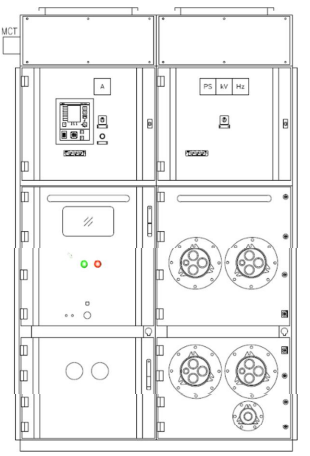
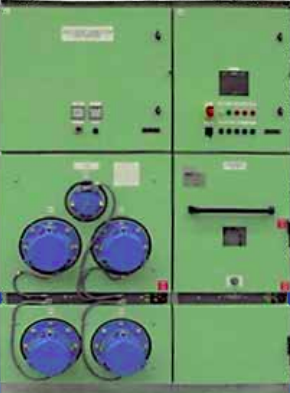
Shore Connection Control board
The Shore Connection Control board is equipped with
- Voltage indicator with phase selector switch
- Emergency stop button
- Remote operation of the earthing switch of the Shore Connection Switchboard
- Permission to operate of earthing switch indication lamp
- Live indicator beacon which is activated once the shoreside breaker is closed
- Lamp test functions
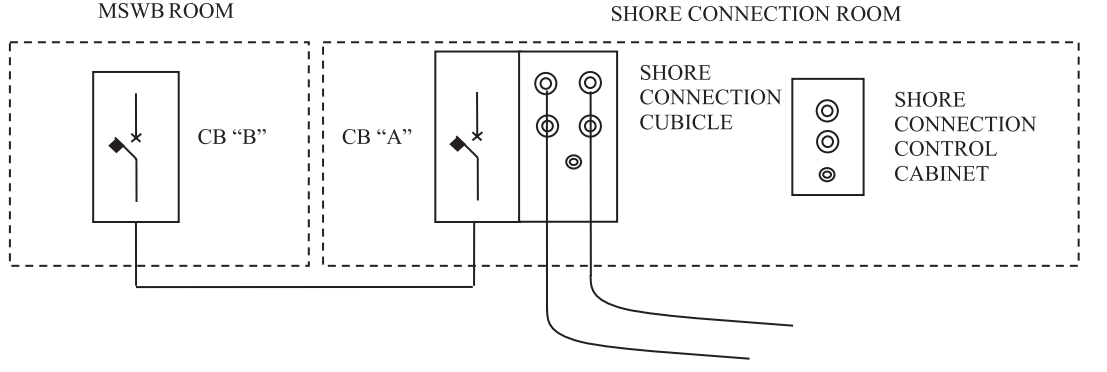
Step up or down transformer
The step-up or down transformer will relate to cables to the ship ‘voltage if MV or LV
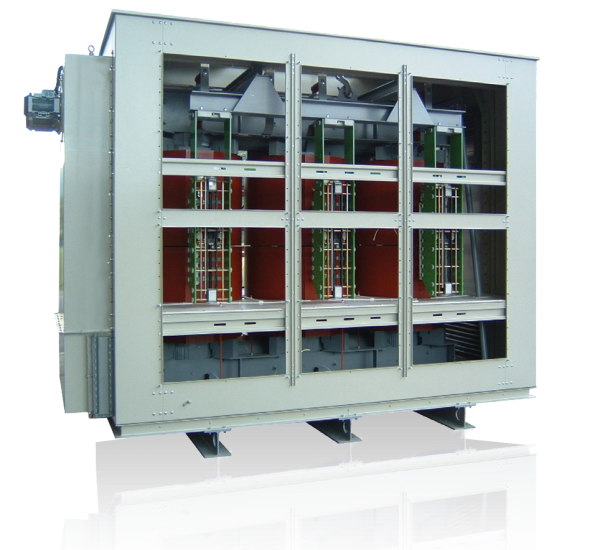
Integrated charging systems
The modern charging system for smaller size short sea ships is more challenging with space and schedule therefore new innovative integrated solutions for charging systems are required.
- The power demand informs the utility network to electrify all the traction network
- Integrated system for land base and Solutions are based on the available power
- Conformity is to International standard IEC/ISO/IEEE 80005-1
- Integrated converters rectifier solutions can be containerized
- Integrated system boats, cars and batteries to support where there are weak networks
